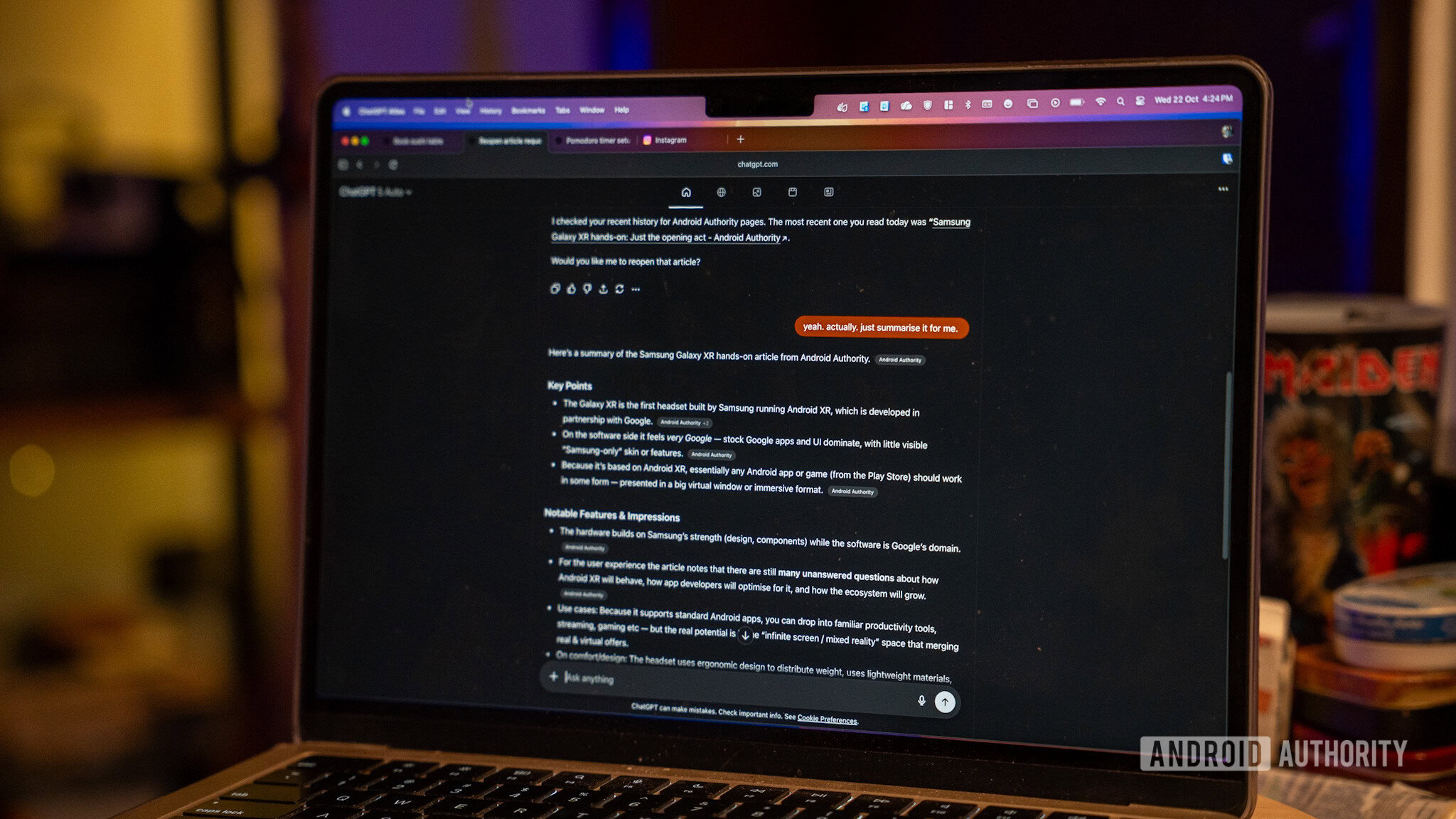C. Scott Brown / Android Authority
The Google Pixel 10 series has a lot going for it, but the Android Authority team still has mixed opinions on its battery life. The smaller handsets seem to take us through a day without issue, but some of us are having a more stressful time trying to make it to the end of the day with the XL. What the team can agree on is that the phones are not always as consistent as we’d like.
To get to the bottom of why we have such mixed feelings about this year’s models, I grabbed the Pixel 10 Pro XL, last year’s 9 Pro XL, and a Galaxy S25 Ultra and peeked inside their secretive software battery power consumption data.
Don’t want to miss the best from Android Authority?


For some real-world inspired tests, I picked various network-related use cases of varying intensity for a broad sample of data. I ran each test twice — once on 5GHz Wi-Fi and once on cellular data. For the cellular portion of the test, I’m located on a rural 4G+ (LTE Advanced) signal with a pretty questionable -104dBm signal strength and a miserable 4Mbps download speed, which represents probably one of the worst-case scenarios a phone might find itself in. Handset screens were also calibrated at 300-nits to ensure fairness. Here are the results.

The good news is that idle battery life is nothing untoward. All three test phones have similar power draws, regardless of whether you’re idling on Wi-Fi or cellular data. Power draw also remains similar across all three phones when streaming YouTube or downloading a medium-sized file over Wi-Fi.
However, that’s where the similarity between models ends — recent Pixel flagships often consume noticeably more power than my Galaxy. Both Pixels drained more battery in the Wi-Fi web browsing and Zoom call tests than my Galaxy S25 Ultra. However, what’s more concerning is the much higher power draw observed when using 4G data in all four of the test situations. They’re far higher than anything the Samsung flagship reaches, causing the phones to consume an average of over 2.5W compared to just over 2W for the Galaxy.
4G power draw is sometimes far higher than Wi-Fi.
Increased battery drain on cellular is normal, especially in weak signal areas like my home, where the phone compensates by pumping more power to the antennas. However, both Pixel models sometimes see a bigger percentage change in power draw when using 4G than the Galaxy. In fact, the situation seems to be even worse with the newer Pixel 10 Pro XL, which might explain why we’re finding this year’s model so temperamental.

The two concerning test results have one thing in common: they’re bandwidth-heavy. Downloading a moderate file and buffering a 1080p YouTube video try to max out the connection’s bandwidth. By comparison, loading up websites and sending compressed video data are relatively less demanding.
The conclusion to draw here is that the Pixel’s cellular modem and/or radio components draw much more power than their Wi-Fi components when under a demanding load, such as downloading a lot of data on a poor-quality connection. Both are also power hungry compared to their Snapdragon counterparts, which seem to consume a more consistent level of power regardless of the task or the use of Wi-Fi or cellular data.
While I’d need to run more scenarios to be absolutely sure, the Pixel 10 Pro XL appears to show more variable cellular performance than its predecessor — an odd result given both phones use the Samsung Exynos 5400 modem alongside their respective Tensor G4 and G5 chips.
The difference could come down to software power management, thermal behavior, or firmware tuning. Hardware changes are another possibility: Google swapped out several low-level components with the move to the Tensor G5, though it’s unclear whether the radio front end or power-management IC changed too — both of which would significantly affect these results.
Data roaming is Pixel’s battery nemesis

Joe Maring / Android Authority
Whatever the cause, the Pixel 10 Pro XL certainly seems to consume quite a bit more power on my local 4G network than it does on home Wi-Fi, which could well be the cause of your dubious battery life as well as mine.
This also matches what my colleague Rita noticed in everyday use; the Pixel 10 Pro XL’s battery life can easily last a full day at home, but offers atrocious screen-on time while roaming. Unfortunately, customers have been reporting similar problems since the Pixel 6, and it still isn’t fixed.
Spending a lot of time with a weak 4G/5G connection could be the cause of Pixel battery woes.
The only solution is not something anyone wants to recommend; try to avoid data-heavy streaming while on the go. Video calls, high-resolution video streams, and downloading files all drain Pixel battery life faster than flicking through Facebook and browsing the web, especially when venturing into areas of poor connectivity. If you can preload your media at home before heading out, your battery anxiety will thank you.
Until Google can better optimize its modem or radio tuning, Pixel owners may need to keep a battery pack handy when venturing off Wi-Fi.
We reached out to Google for comment before publication and will provide an update if we receive a response.
Thank you for being part of our community. Read our Comment Policy before posting.



